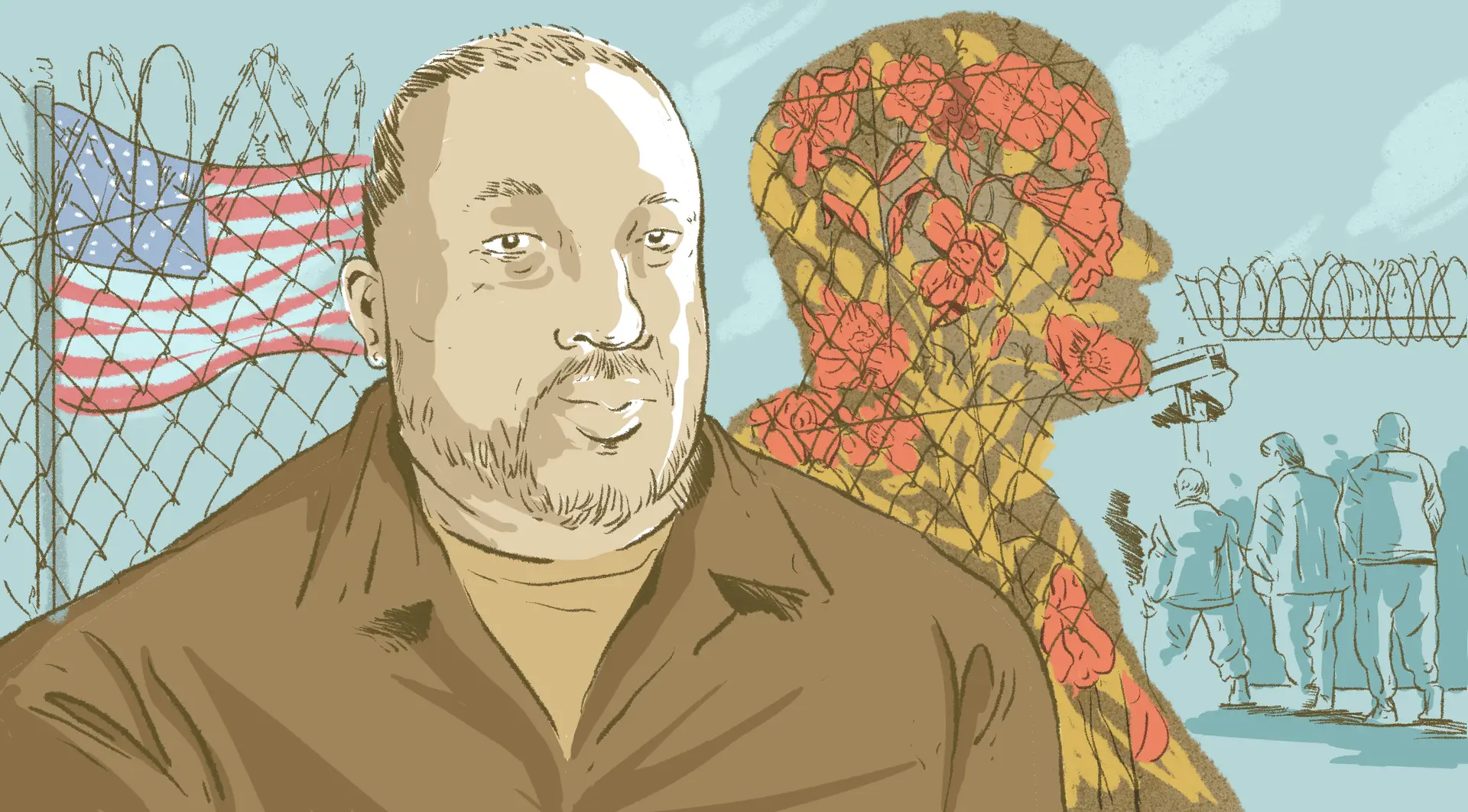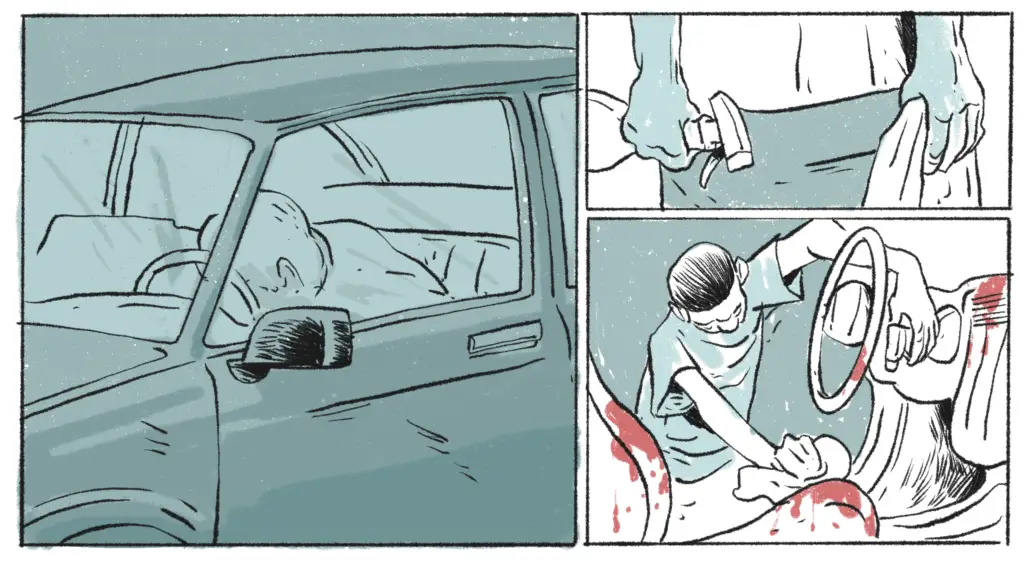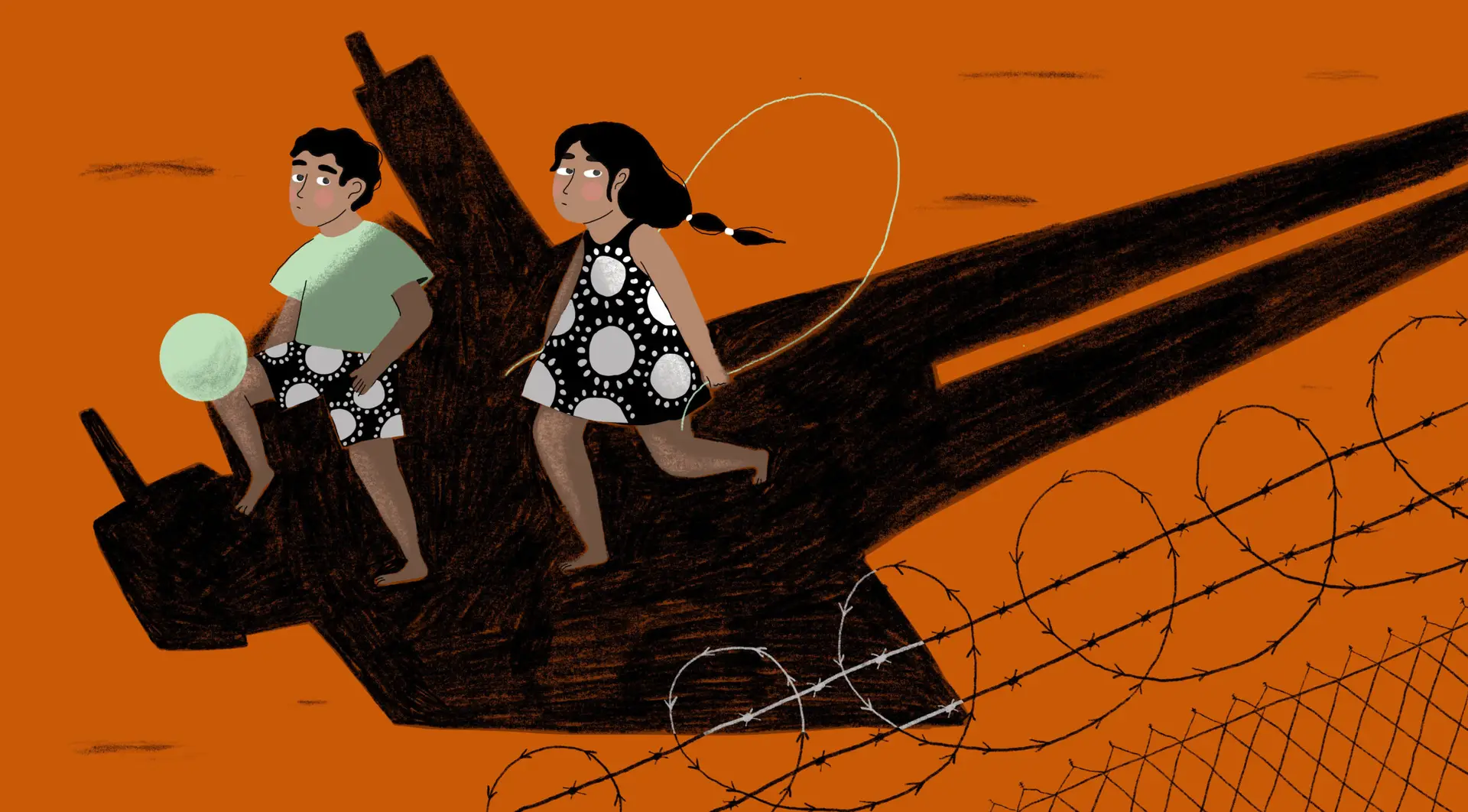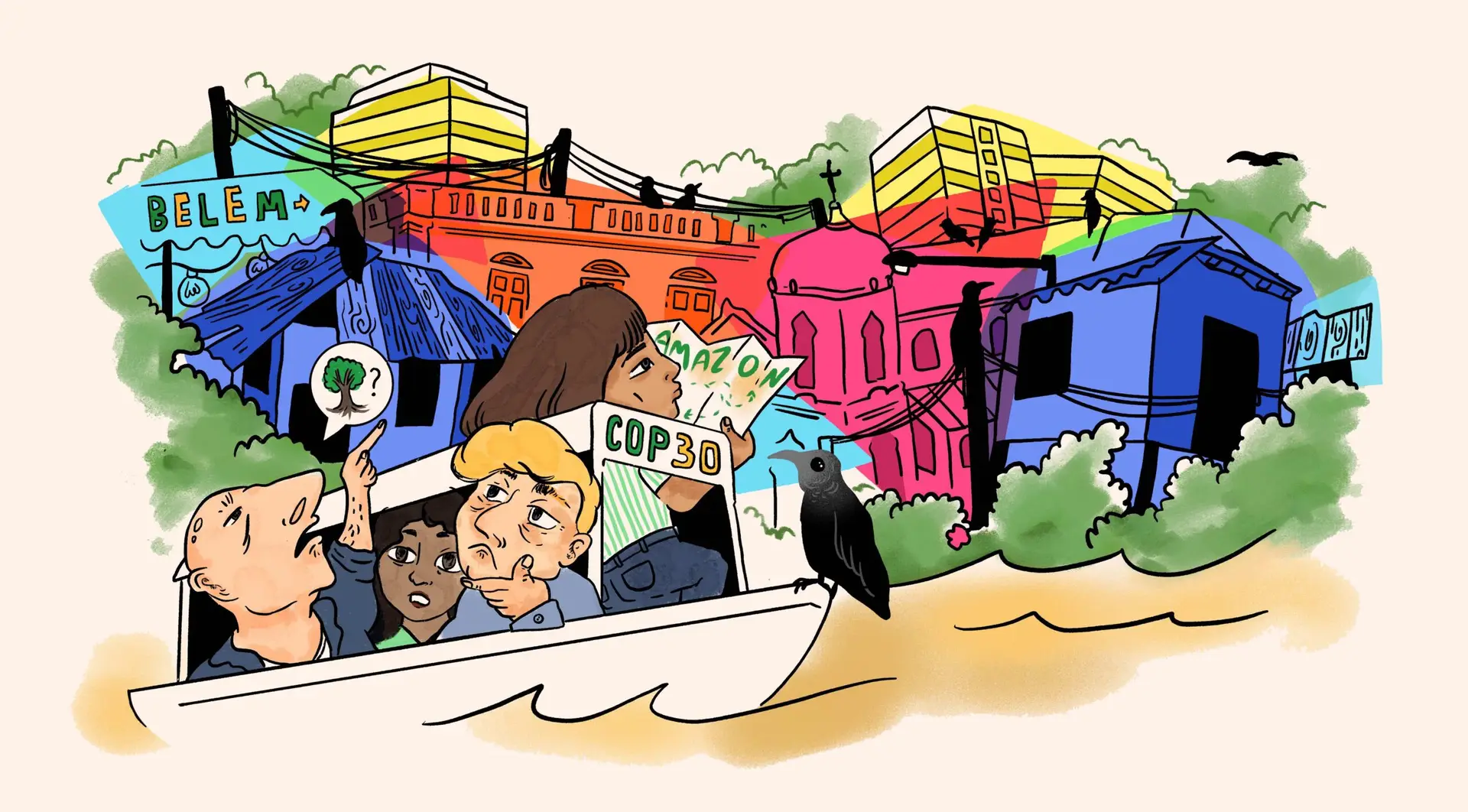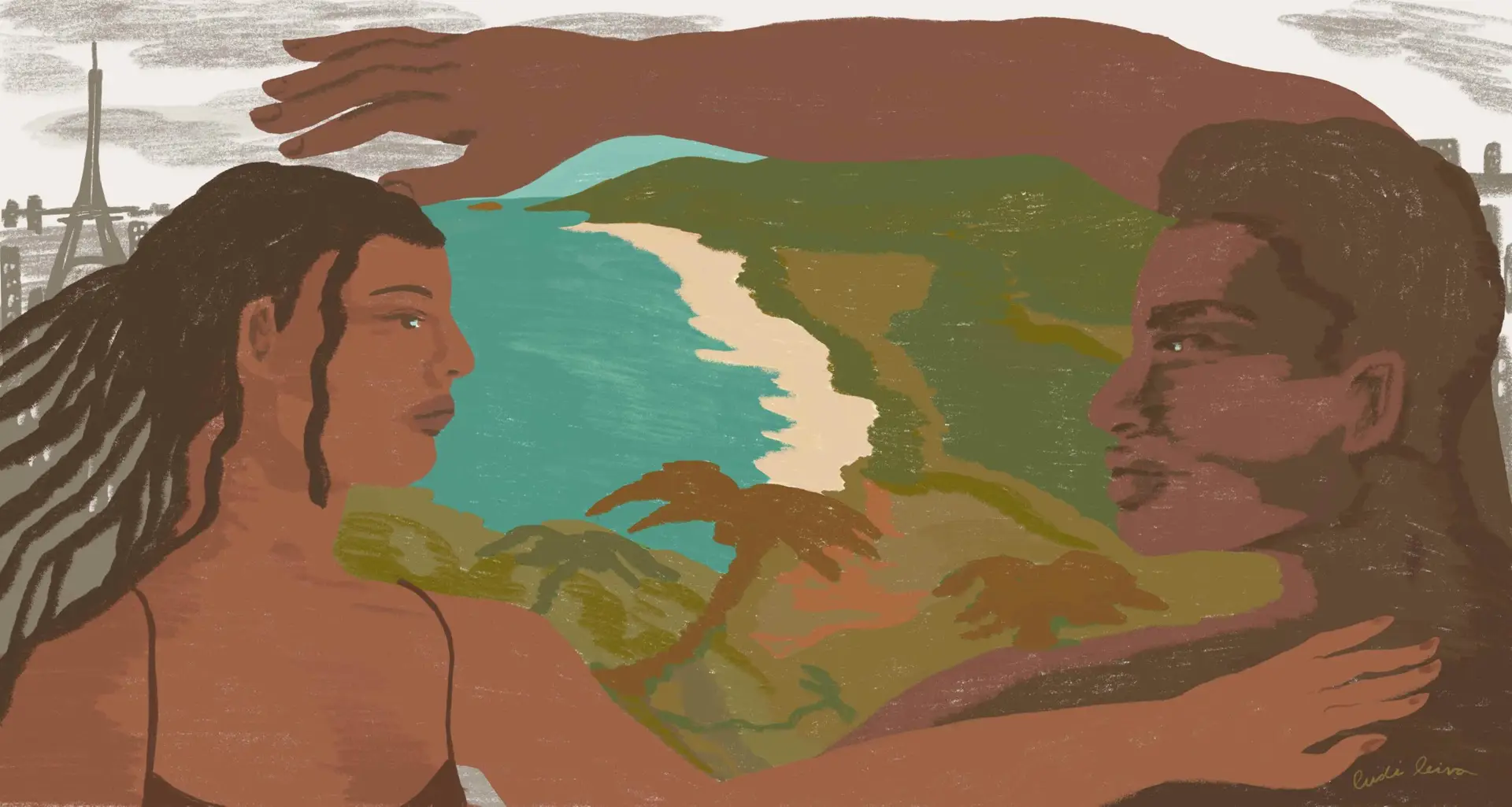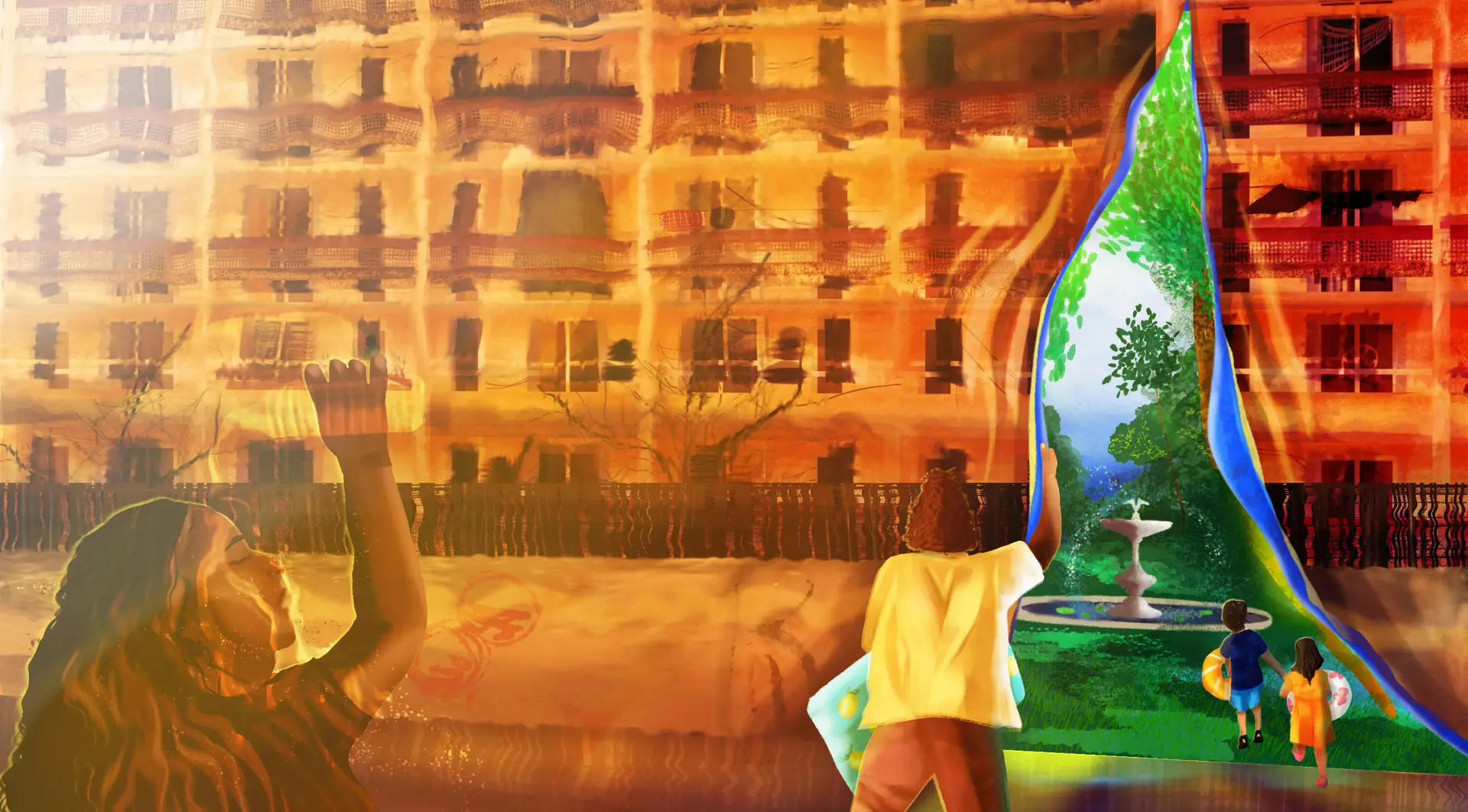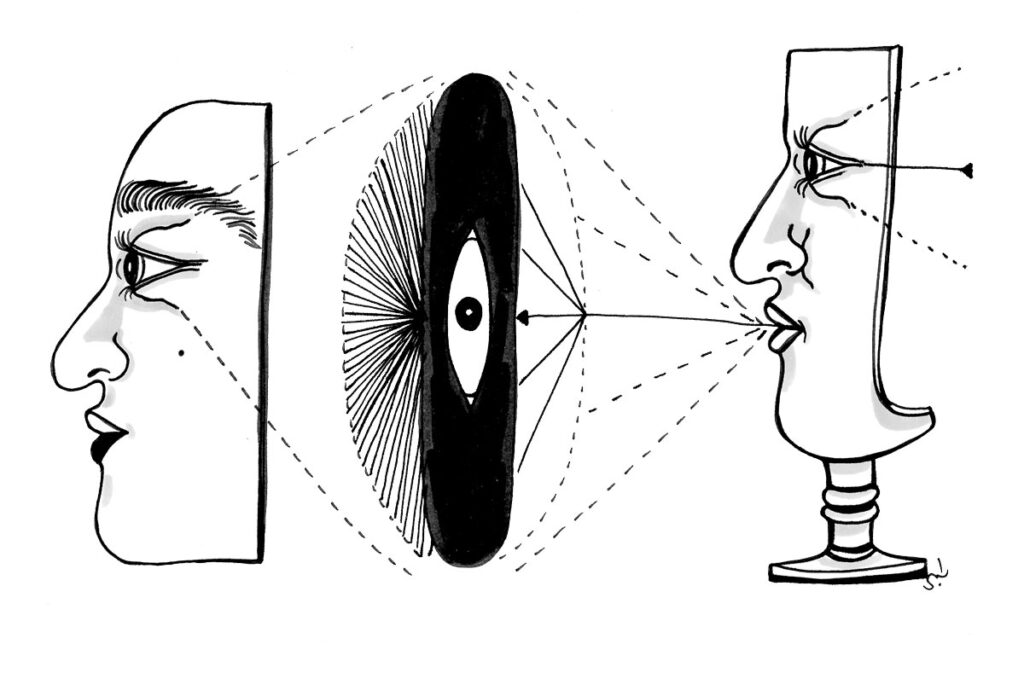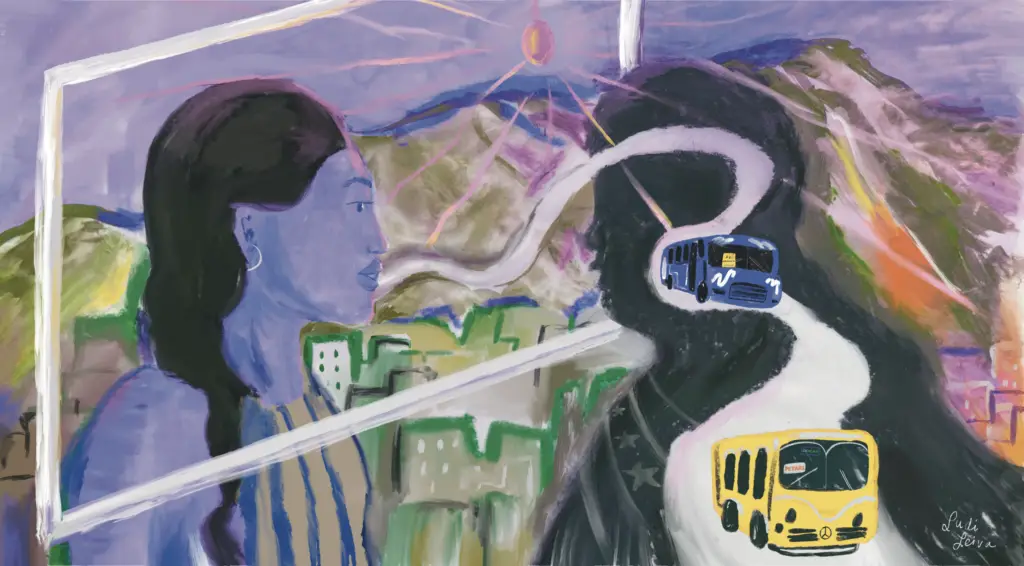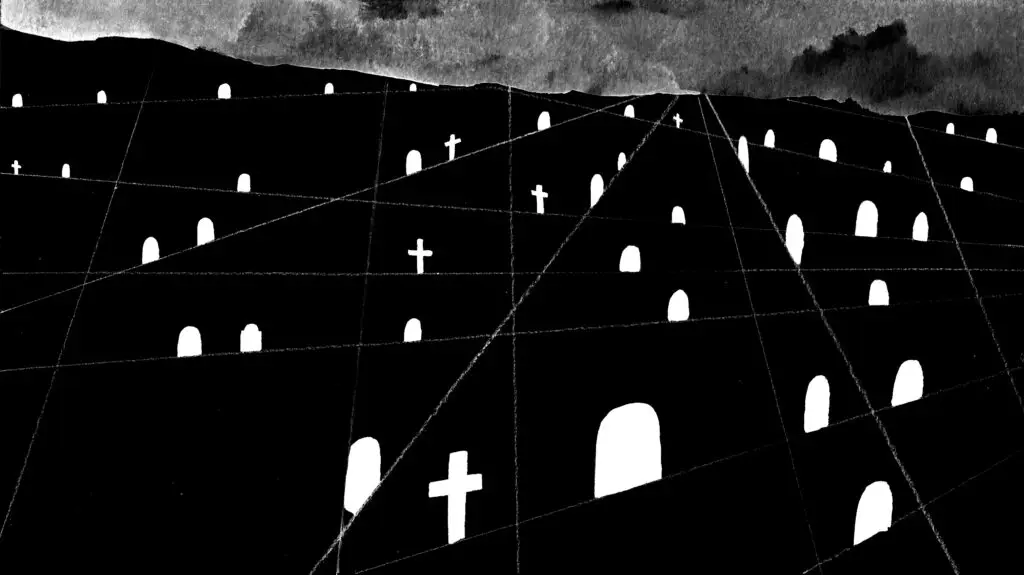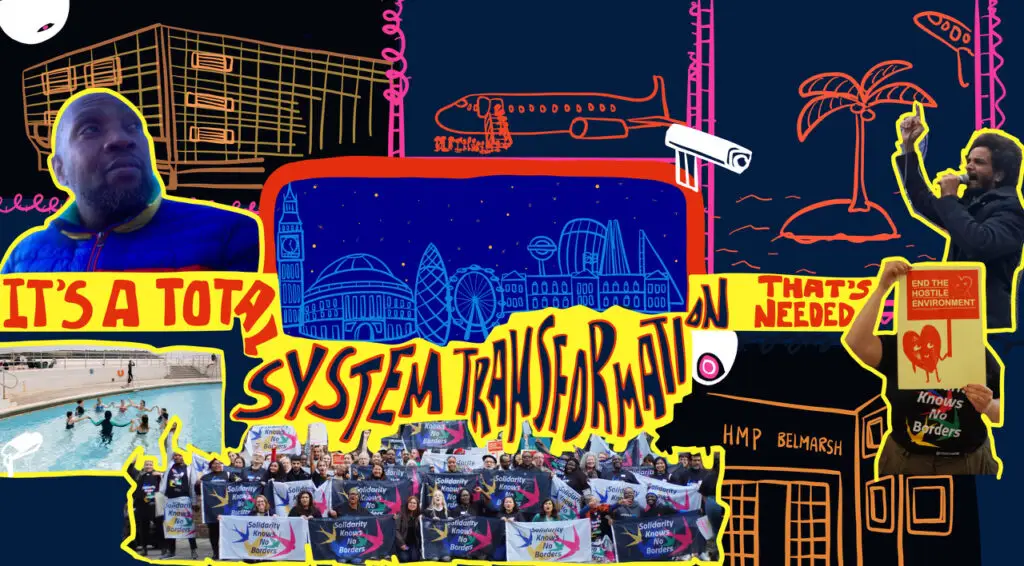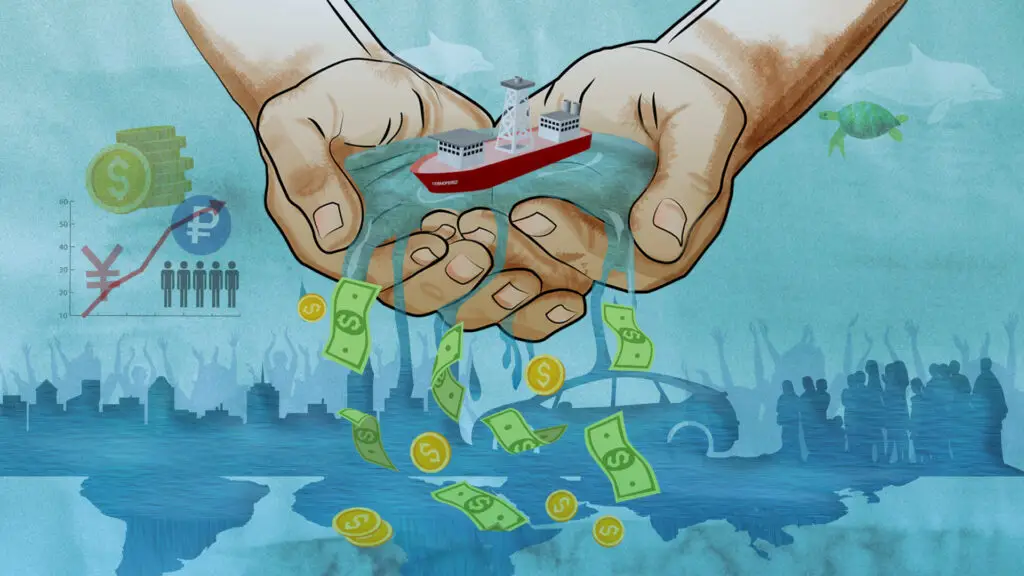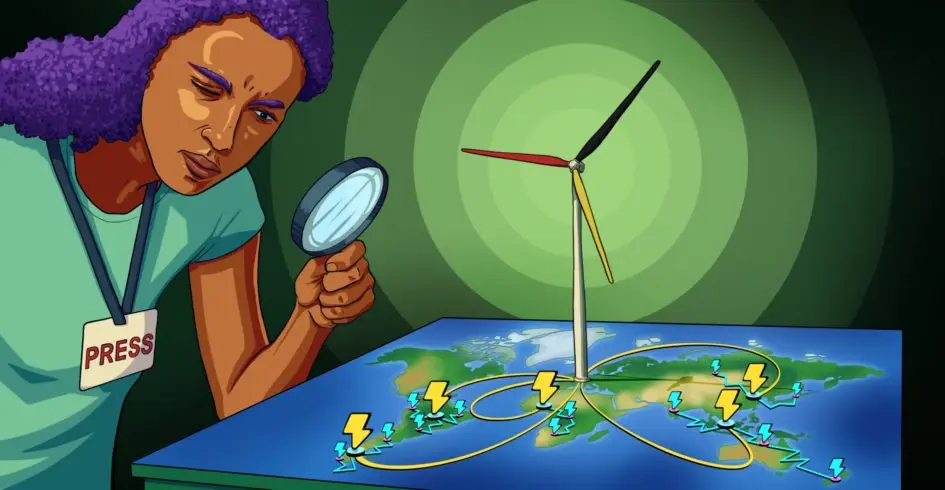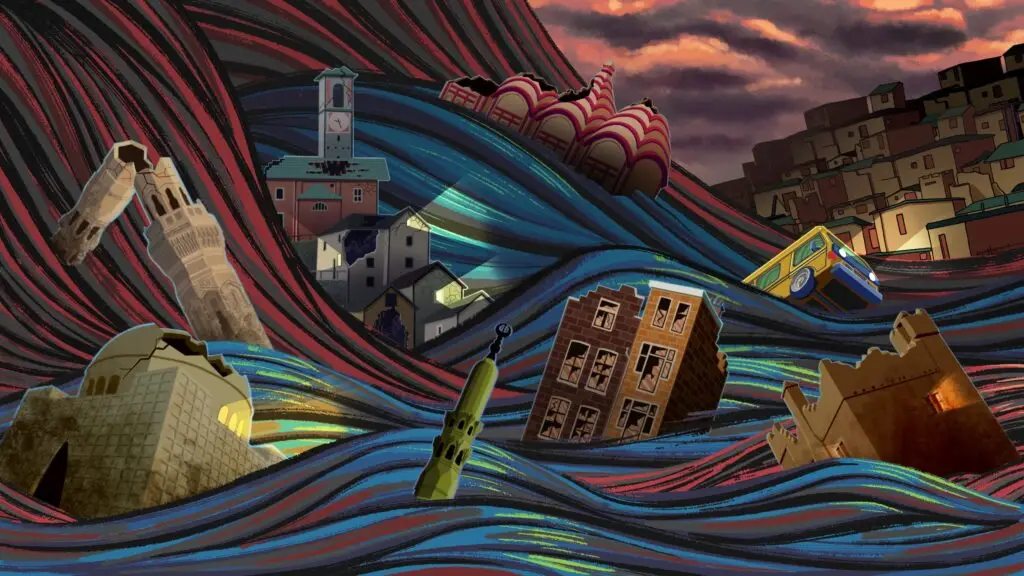
Dollar stores, diesel fumes and food sovereignty in Chicago’s frontline communities
In communities shaped by redlining and disinvestment, the only places to shop are often dollar stores – stocked with plastic goods that have crossed oceans on container ships and rolled across states on eighteen-wheelers. These journeys are long, carbon-heavy, and almost invisible, but their impact is felt from Suzhou to Chicago, from the global climate to the human body.

